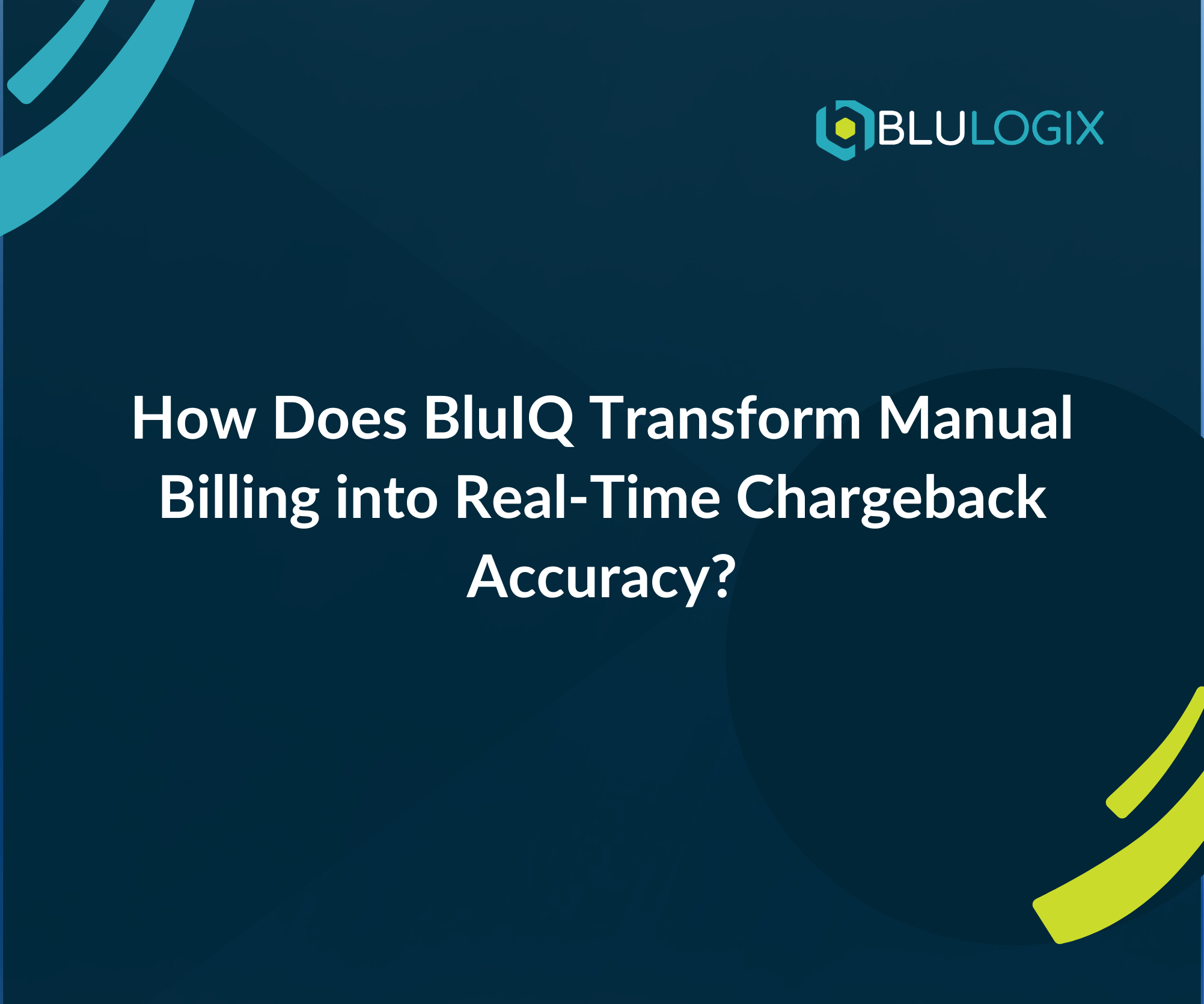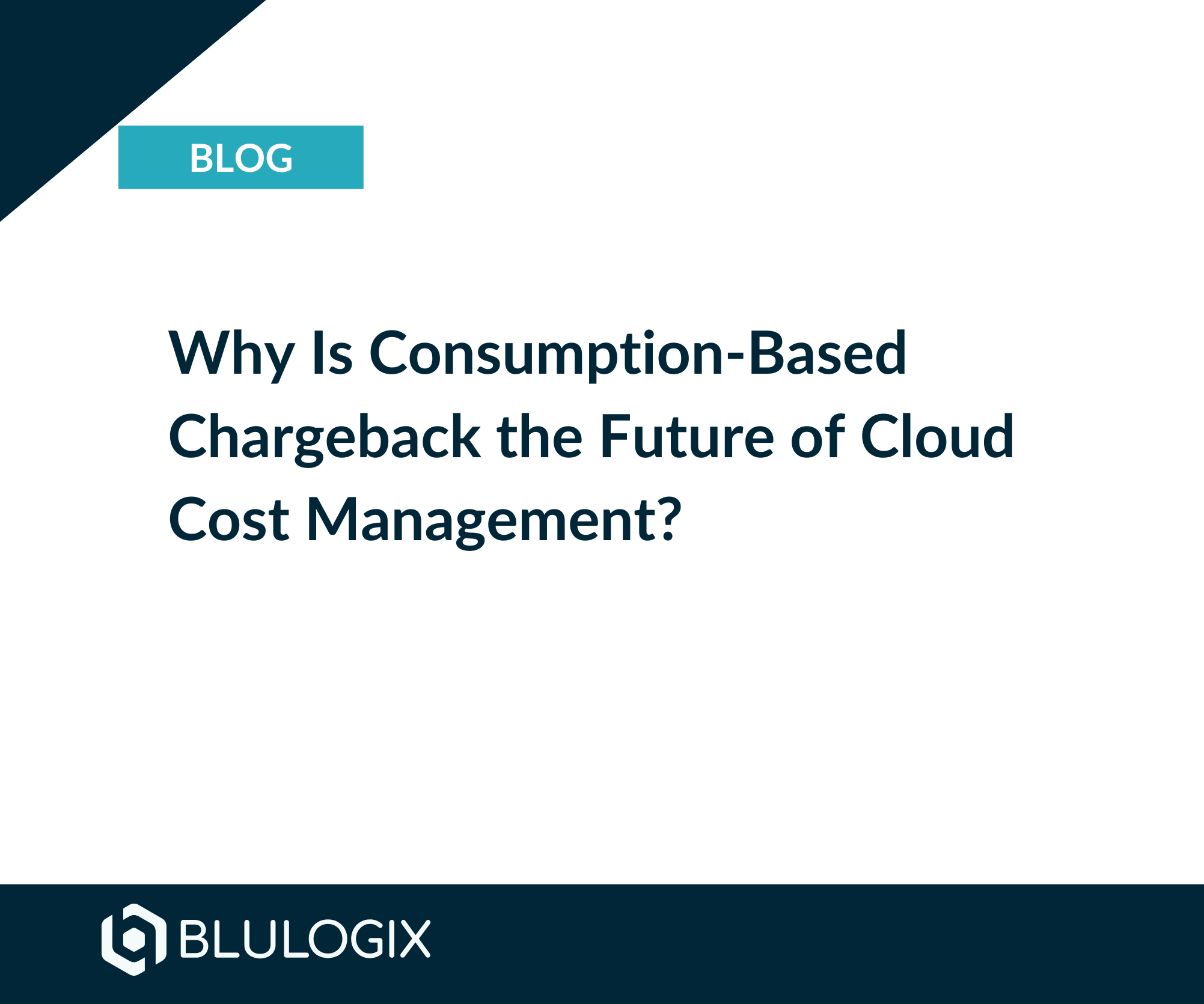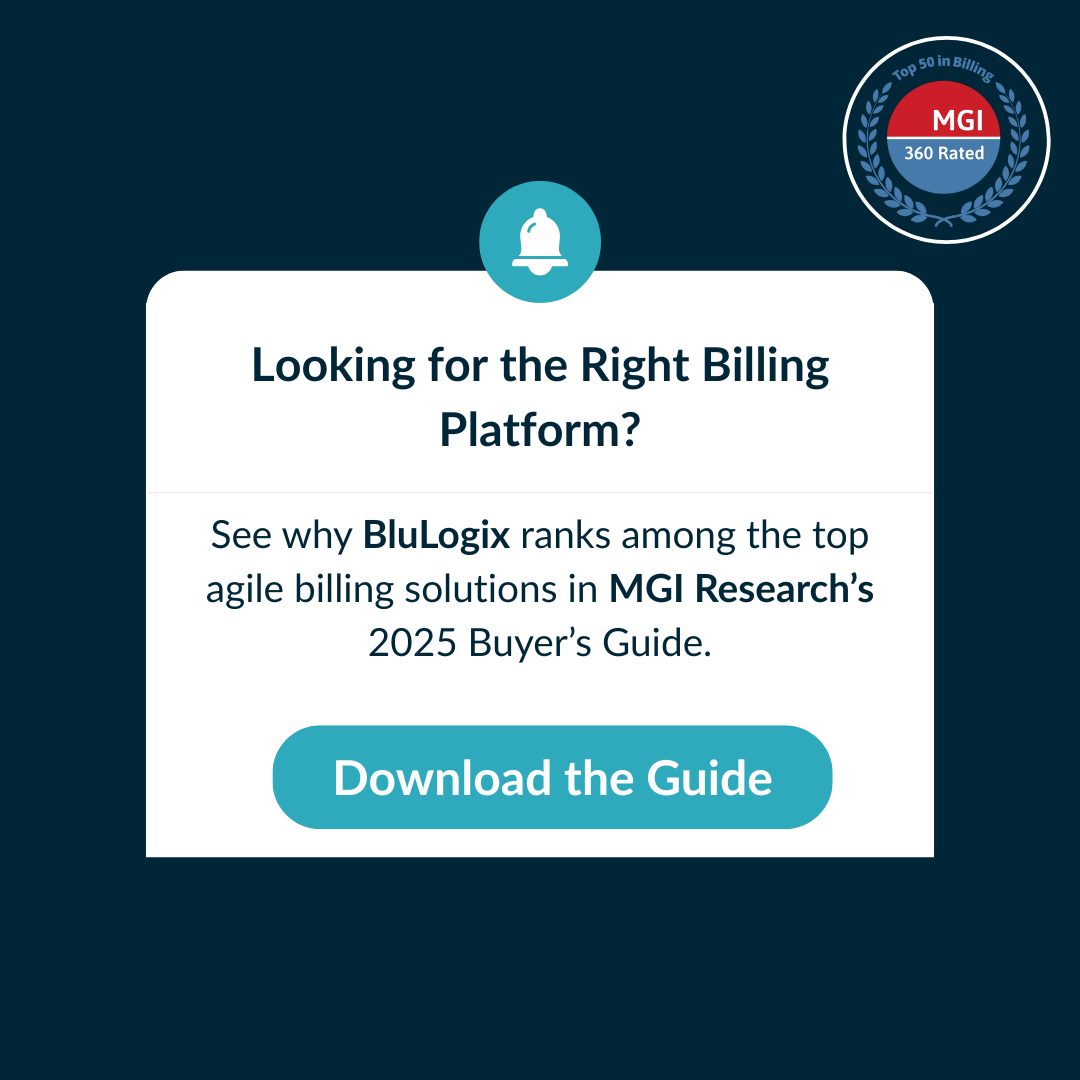Announcing the Launch of the BluIQ Cloud Extensibility Platform
Today, BluLogix announced the general availability of our BluIQ Cloud Extensibility Platform (the BluIQ CEP), a host of tools and technologies designed to help our customers make BluIQ truly customized to their needs.
See the BluIQ Cloud Development Kit
The CEP includes much more than simply some tools to help customize your subscription management and billing software. It includes a combination of Platform-as-a-Service components SDK’s, Developer Tools and of course API’s and connectors. With these pre-built components and functionalities, we (and some of the customers and Industry Analysts we’ve talked about it with) think it’s going to pretty materially change the world of subscription and as-a-Service management and billing, by reducing the time to build, increasing the level of customization that customers can implement and most importantly, putting the tools in THEIR hands.
What is the BluIQ CEP?
The BluIQ Cloud Extensibility Platform is an all-in-one customization framework to help companies personalize their subscription management and billing system to suite their business requirements and existing or planned systems. It’s not just an SDK (see below for more on that…) but is also a PaaS, as well as a suite of developer tools. This gives customers unprecedented flexibility when it comes to building the system they need for their business and pricing models.
As you might have guessed from the name, a software development kit (SDK or devkit) is a toolbox that contains pre-built components that developers use to add functionalities to applications for specific platforms. SDKs save developers from building every aspect and writing every line of code of an application themselves.
A PaaS on the other hand, complements the SDK, as a “Platform as a Service,” a complete cloud-based development and deployment environment, with resources that gives you the tools you need to deliver – everything from easy cloud-based functionalities to sophisticated enterprise applications that are cloud-enabled. PaaS includes infrastructure (servers, storage, and networking—but also development tools, middleware, database management systems, business intelligence (BI) services, and more. From building, testing, deploying, managing, and updating, PaaS is built to support the complete lifecycle of an application.
BluIQ CEP’s goal is to reduce the time and costs to develop functionalities that companies with complex requirements need to manage and bill for their subscription, consumption and episodic products and services, and give them the flexibility to use the resources they want to use, whether in-house or outsourced.
Why should you care?
This is a critical piece for you as a non-techie to think about. Development tools are a lifesaver for the business user. SDK’s and PaaS aren’t just esoteric programming ideas; they directly impact an app’s security, customizability, and time to market. Gone are the days where you get frustrated with your system, spend days meeting with vendors and consultants spec’ing out a modification, then submit to your systems integrator or software vendor and wait… for six months and more oftentimes.
The BluIQ CEP allows you to control your own destiny. Most modifications are easily accomplished via pre-built components, functionalities are already set up, the dev environment is available to your developers, with all documentation readily available. It’s a way for your company to be in control. Think about that as it relates to your integrated systems – how much easier would it be if you needed to modify your customer portal and your IT team could do it in a day? Or if you needed a report or connection to another system, not only can you get the report or connection, but you can also get the interface you want, the field, and if you need a whole new component developed (you need to provision a device maybe?), the CEP lets you do build all of this, using whatever resources you need, in up to 80% less time and at a fraction of the cost.
Why should you use an SDK?
When you’re thinking about using a third party development platform instead of building your own functionality, it’s important to evaluate the pros and cons. Benefits of the CEP are
- Faster development: Customers do not have time to build every new functionality from the ground up. BluIQ CEP will allow developers to integrate pre-coded features simply and efficiently, using the resources of their choosing, on an established dev platform. By doing so, customers can expect to significantly accelerate development and reduce the time to completion.
- Cost-saving: the CEP will significantly reduce engineering time and the costs needed to maintain and update code
- Customization: SDKs help customers tailor their subscription management and billing platform, creating truly personalized user experience that stands out
- Improved user experience: By using BluIQ, you can ensure it works well with other applications and already runs smoothly.
- Building your own IP With BluIQ, customers are able to create new applications, functionality and interfaces, ensuring that they are building competitive differentiation
Learn more
What does it look like?

BluIQ CEP’s entire environment is highly secured and provides process end-to-end process, including development, testing (integration), staging and production infrastructure based on Multi-tenant Software-as-a-Service.
BluIQ CEP is a fully-managed solution that is hosted on AWS infrastructure which offers scalability, reliability and high-availability without the need for self-provisioning, administration resources, software updates or security patches. Capacity provisioning, load balancing, scaling, and application health monitoring are all handled.
Developers have full access to source code and resources with the necessary tools that provides a continuous integration and deployment (CI/DI) pipeline for the purpose of release management and software delivery.
BluIQ CEP framework and SDK includes the following modules
From a technical perspective, this approach is viewed as fairly groundbreaking for billing software (by the customers, analysts and industry thought leaders we’ve shared this with), and helps us to continue to push forward with our vision of a world where every company has access to the highest quality software that aligns to their business requirements and lets them grow at the pace their products and markets dictate, not be hampered by internal system constraints.


How Can Public Sector Organizations Turn Chargeback into Strategic Cost Recovery?

How Does BluIQ Transform Manual Billing into Real-Time Chargeback Accuracy?



